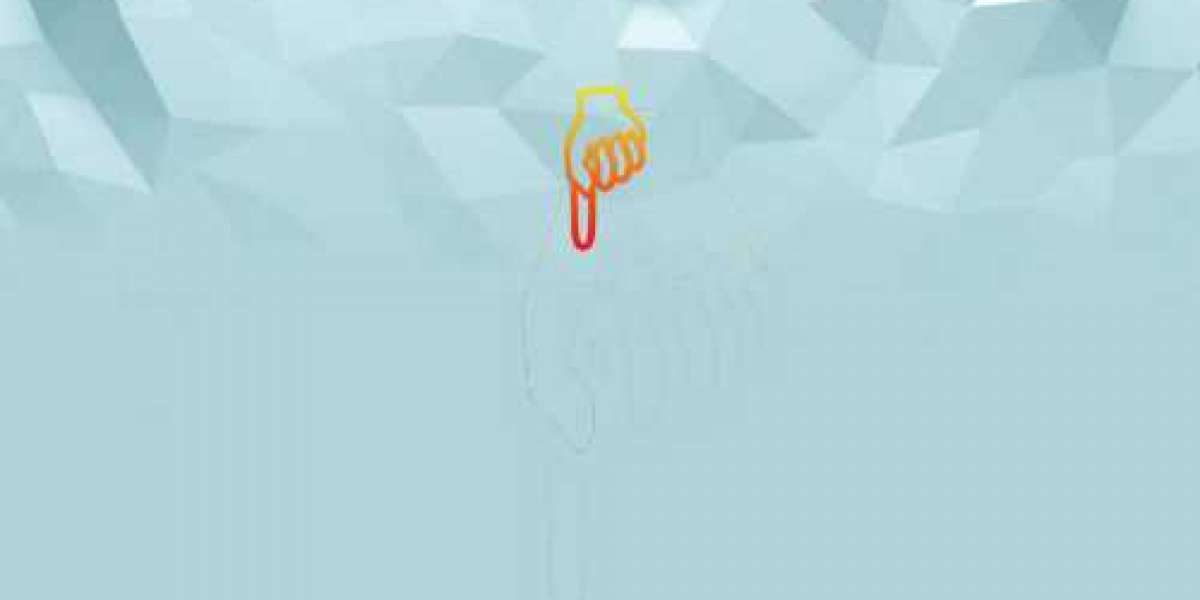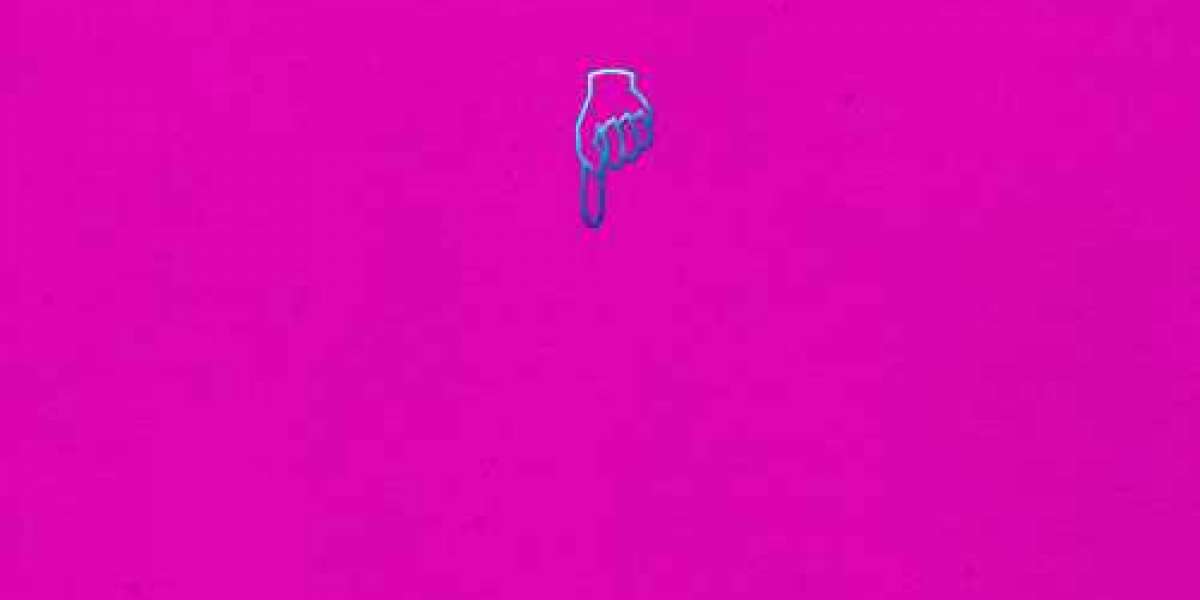Microinverters, also known as micro converters, are an essential component of solar energy systems in commercial spaces. These small devices play a crucial role in converting the direct current (DC) generated by solar panels into alternating current (AC) that can be used to power electrical devices. In this article, we will explore the numerous benefits of incorporating microinverters in commercial spaces, and how they contribute to the efficiency and effectiveness of solar energy systems.

Enhanced Energy Harvesting
One of the primary advantages of using microinverters in commercial spaces is their ability to enhance energy harvesting. Unlike traditional string inverters, which are connected to multiple solar panels, microinverters are installed on each individual panel. This means that each panel operates independently, allowing for maximum energy production even if some panels are shaded or underperforming. As a result, the overall energy output of the solar system is significantly increased, leading to greater cost savings and environmental benefits.
Improved System Monitoring
Another benefit of microinverters is the improved system monitoring capabilities they offer in commercial spaces. With microinverters, it is possible to monitor the performance of each solar panel in real-time. This level of granularity allows for early detection of any issues or malfunctions, enabling prompt maintenance and ensuring the overall system operates at peak efficiency. Additionally, the detailed monitoring data provided by microinverters can be used to optimize the placement and orientation of solar panels, further maximizing energy production.
Enhanced Safety and Reliability
Microinverters contribute to enhanced safety and reliability in commercial solar energy systems. By operating at the panel level, microinverters eliminate the high-voltage DC wiring used in traditional string inverter systems. This reduces the risk of electrical hazards and fire, making microinverter-based systems a safer choice for commercial spaces. Furthermore, the modular nature of microinverters ensures that the failure of one unit does not affect the performance of the entire system, enhancing the overall reliability of the solar energy setup.
Increased Flexibility and Scalability
When it comes to commercial spaces, flexibility and scalability are key considerations in solar energy system design. Microinverters offer increased flexibility by allowing for easy system expansion without the constraints imposed by traditional string inverters. New panels can be added to the existing setup without affecting the performance of the entire system, providing commercial spaces with the ability to scale their solar energy infrastructure according to their evolving needs. This flexibility also extends to installation, as microinverters are easier to set up and configure compared to string inverters, saving time and labor costs.
In conclusion, the benefits of using microinverters in commercial spaces are numerous and impactful. From enhanced energy harvesting and improved system monitoring to increased safety and flexibility, microinverters play a pivotal role in optimizing the performance of solar energy systems in commercial settings. As the demand for sustainable energy solutions continues to grow, microinverters are poised to become an indispensable component of commercial solar installations, offering a reliable and efficient means of harnessing the power of the sun.







